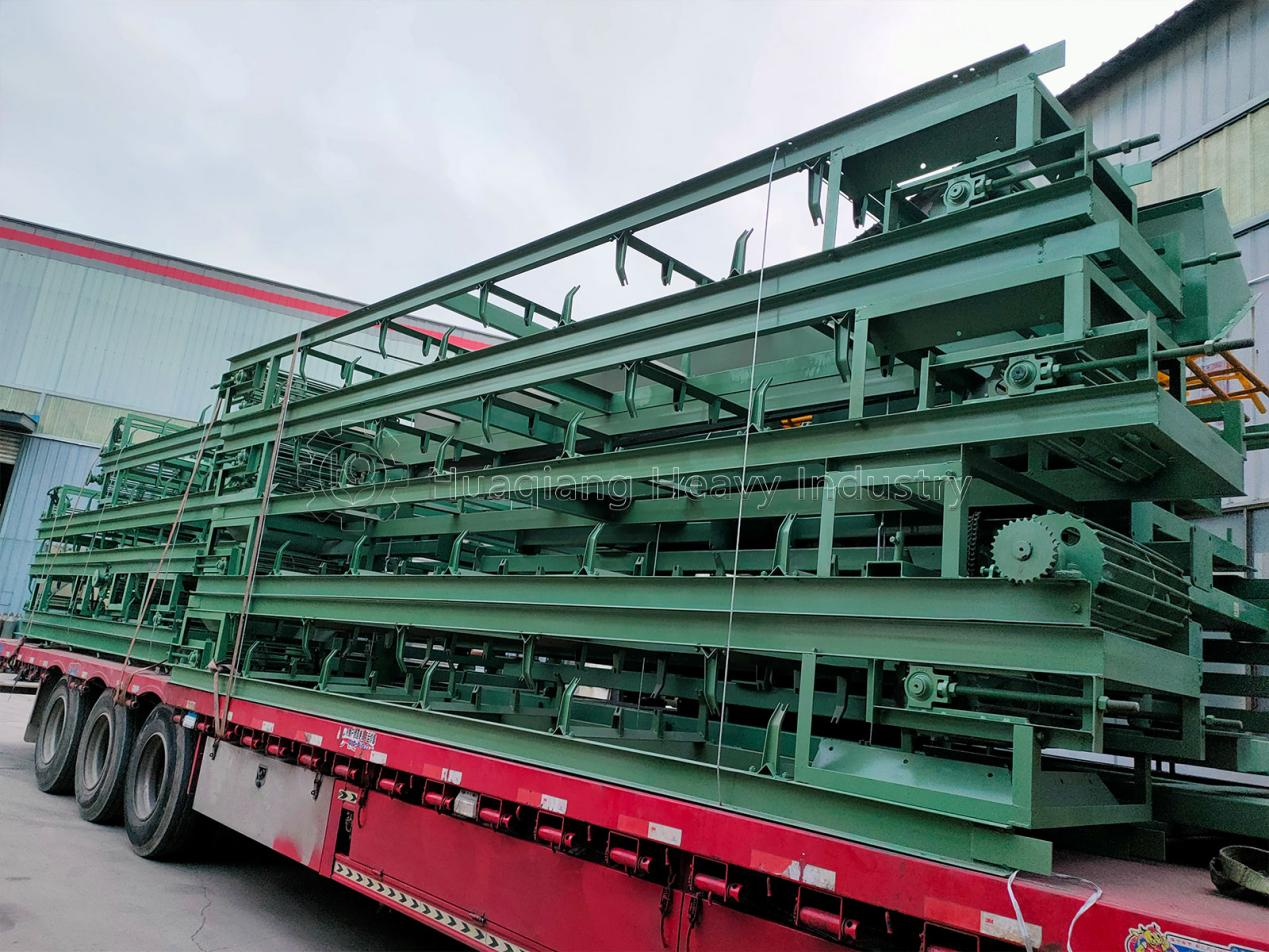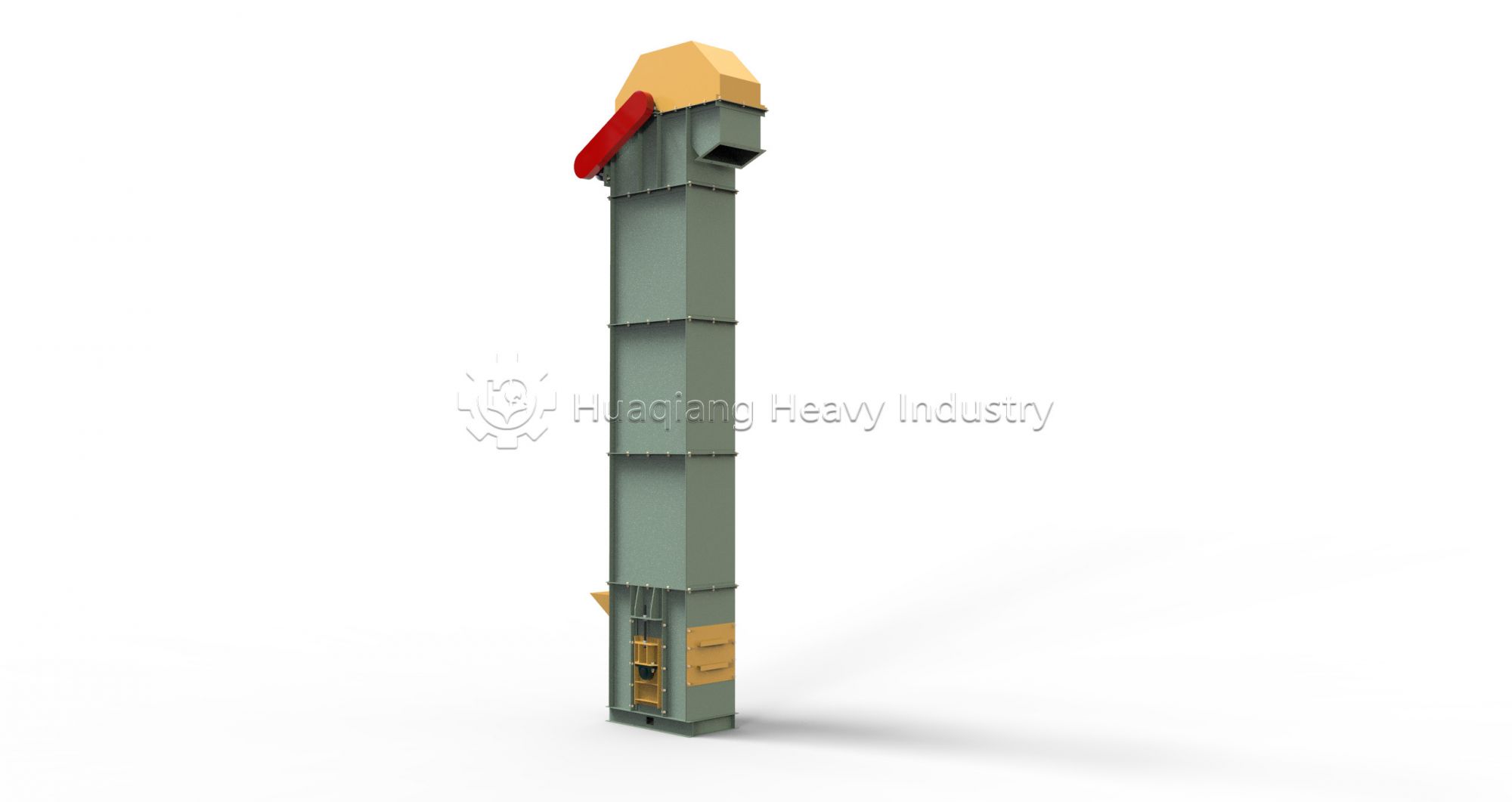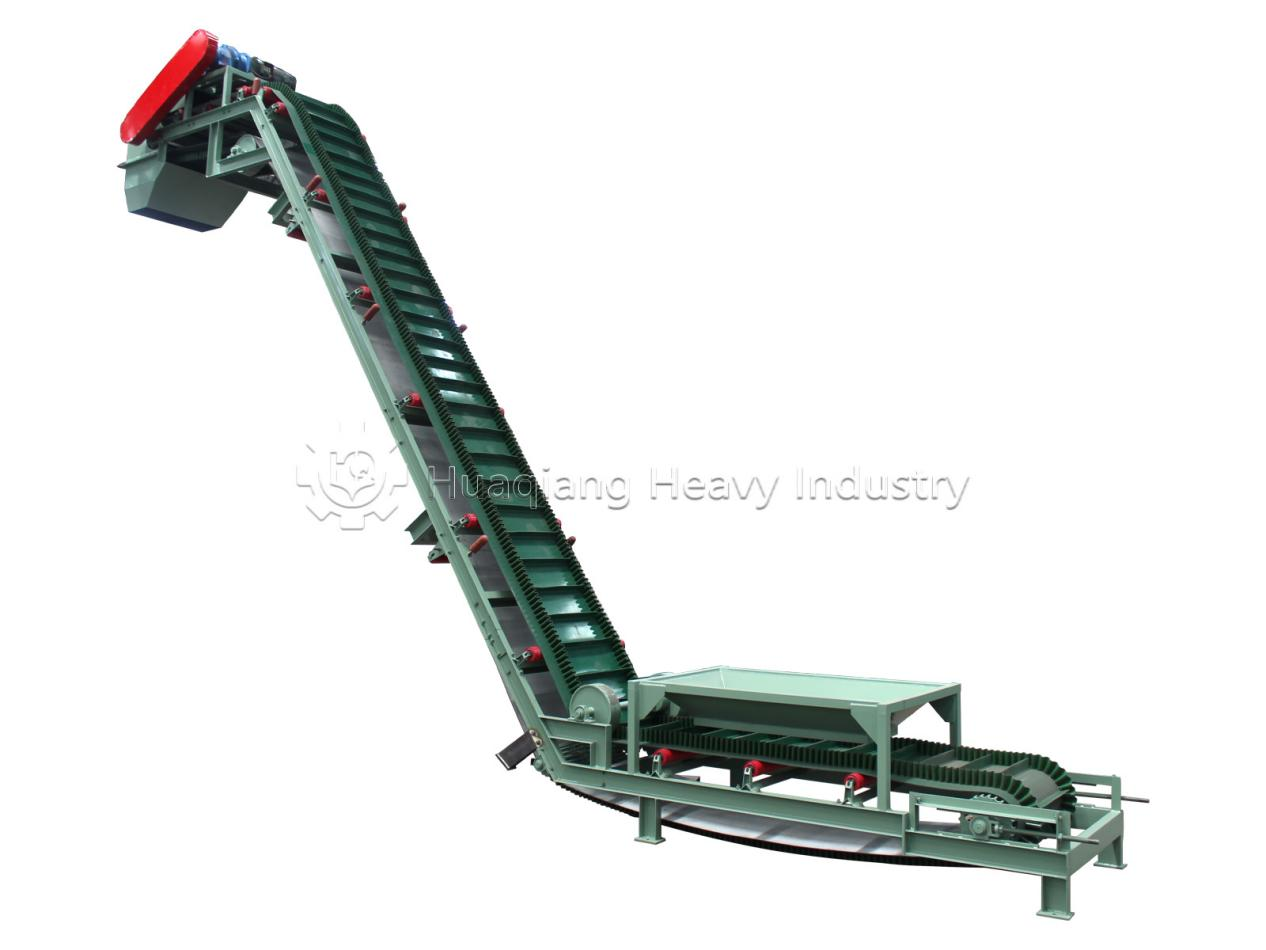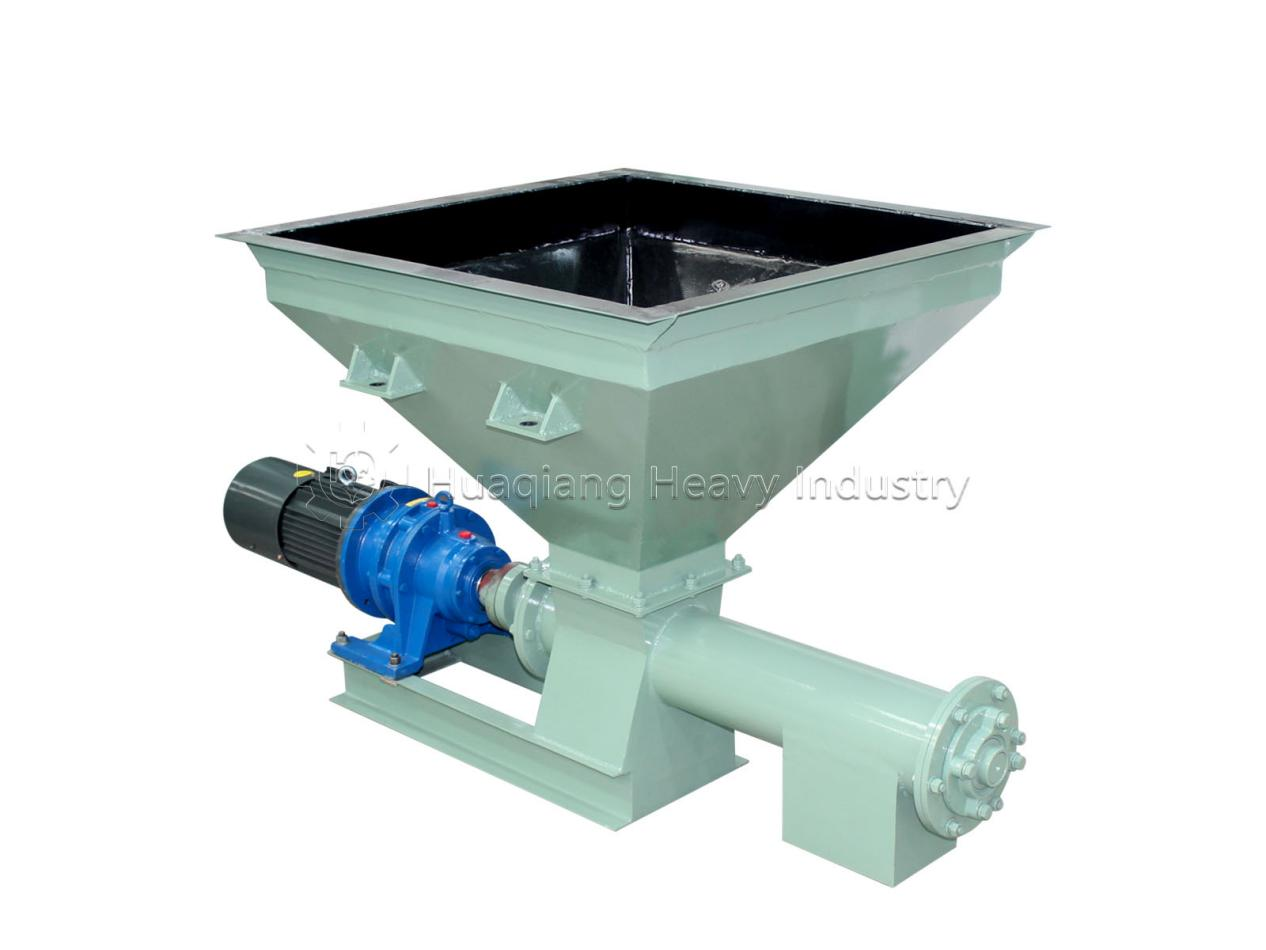2025-07-15
In organic fertilizer production, conveying equipment plays a vital role from raw material handling to final packaging. Different types of conveyors suit different production stages, and proper selection can significantly improve efficiency. Let's explore the optimal applications of five common conveyors in organic fertilizer production line.
The content focuses on conveyor applications in organic fertilizer production, which is a key part of the complete fertilizer production line. While organic and NPK fertilizer manufacturing processes differ in materials and processing methods, both require efficient conveying systems to move materials between production stages like mixing, granulation, drying, and packaging.

As the most versatile option, belt conveyors are ideal for horizontal or slight-angle (typically <20°) material transport. In organic fertilizer production, they're commonly used to: connect different processing equipment (e.g., from crusher to mixer), transport products before packaging, and handle raw material storage. Their advantages include smooth operation, low noise, and simple maintenance, making them perfect for dry granular organic fertilizers.

When you need to lift materials to higher positions (like silo tops) with limited horizontal space, bucket elevators are the best choice. In fertilizer plants, they typically: lift crushed materials to fermentation tanks, elevate finished products to packaging machine hoppers, or enable vertical transport in multi-level facilities. Their sealed design also minimizes dust pollution, especially suitable for powdered organic fertilizers.

These wheel-mounted conveyors are perfect for temporary transport and multi-point loading/unloading. In fertilizer production, they're often used in: raw material receiving areas (adjustable for different vehicles), temporary product storage areas, or during production line modifications. Particularly for seasonal production or small-scale plants, their flexibility can significantly reduce equipment costs.

When space is extremely limited and steep-angle (30-90°) transport is needed, these special belt conveyors with flanges and cleats come into play. In fertilizer plants, they're particularly suitable for: lifting materials from underground fermentation pits, applications with large height differences but short horizontal distances, or handling semi-finished sticky organic fertilizers. Their unique design prevents material slippage during steep inclines.

This auger-style conveyor is best for completely enclosed applications. In fertilizer production, it's typically used for: precise dosing of micronutrients, transporting moist materials, or processes requiring odor control. Its fully enclosed structure effectively prevents material contamination and odor dispersion, though it has shorter conveying distances and higher energy consumption compared to other options.
When selecting conveying equipment, besides material characteristics (moisture, particle size, flowability, etc.), consider plant layout, production capacity, automation level, and budget. A well-designed conveying system will make your organic fertilizer production line run more efficiently!